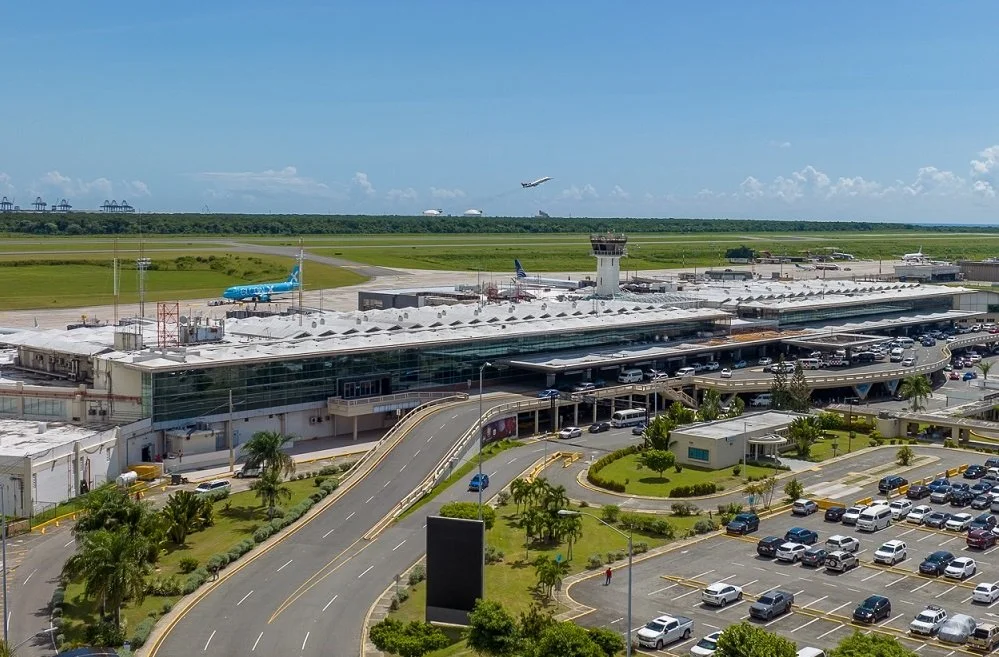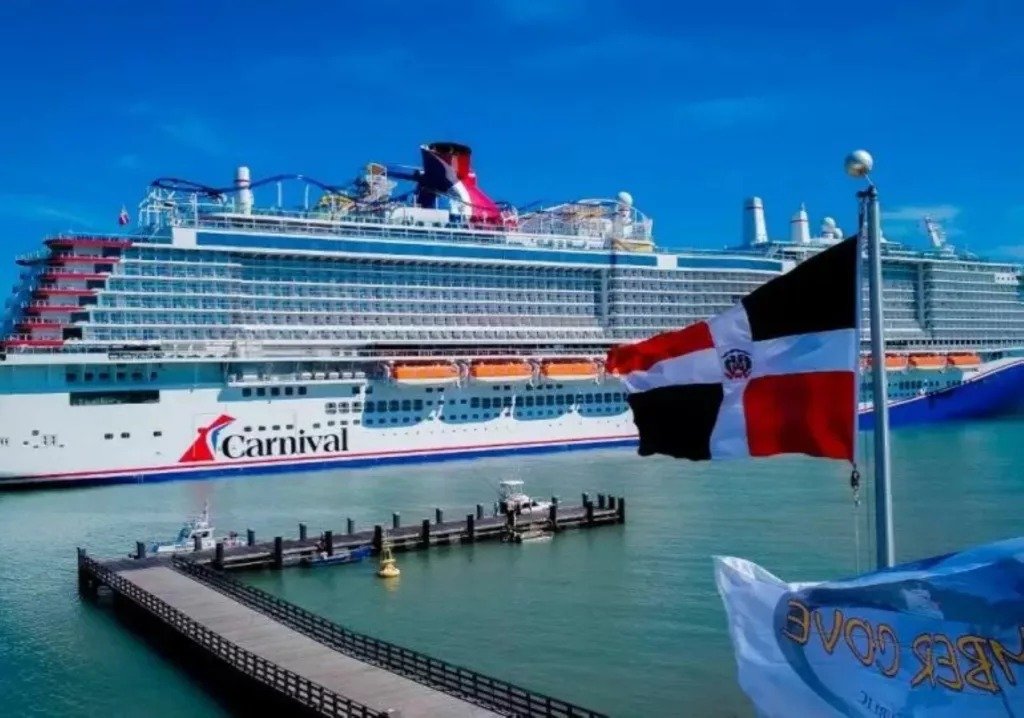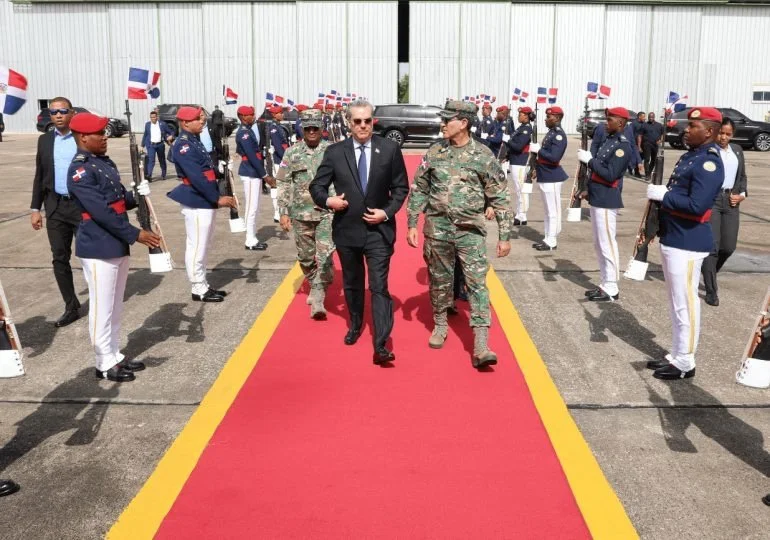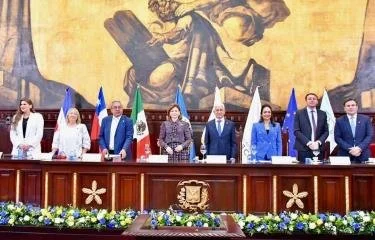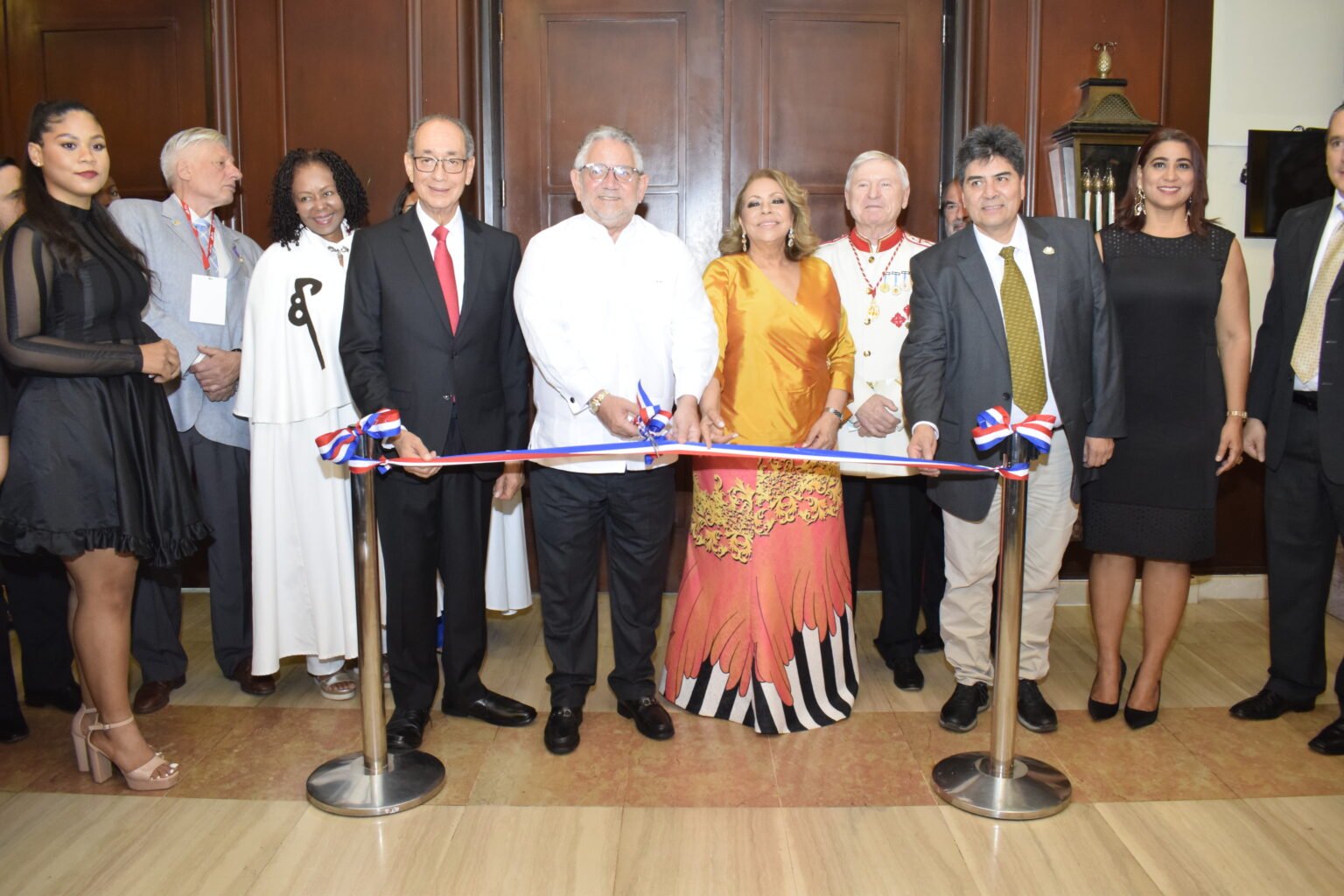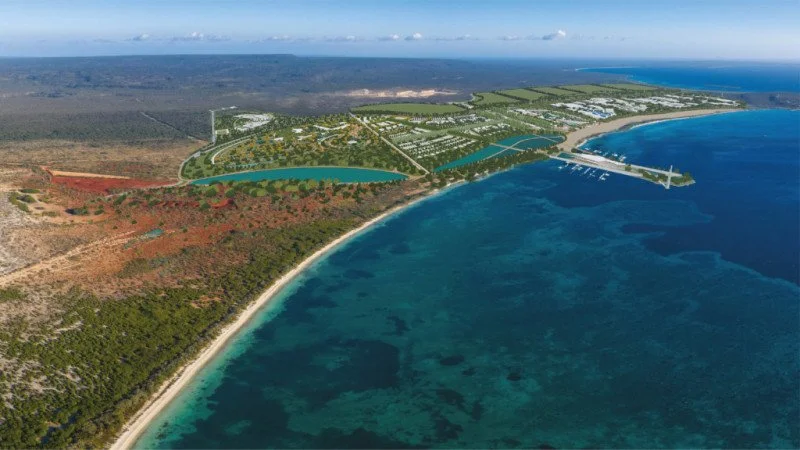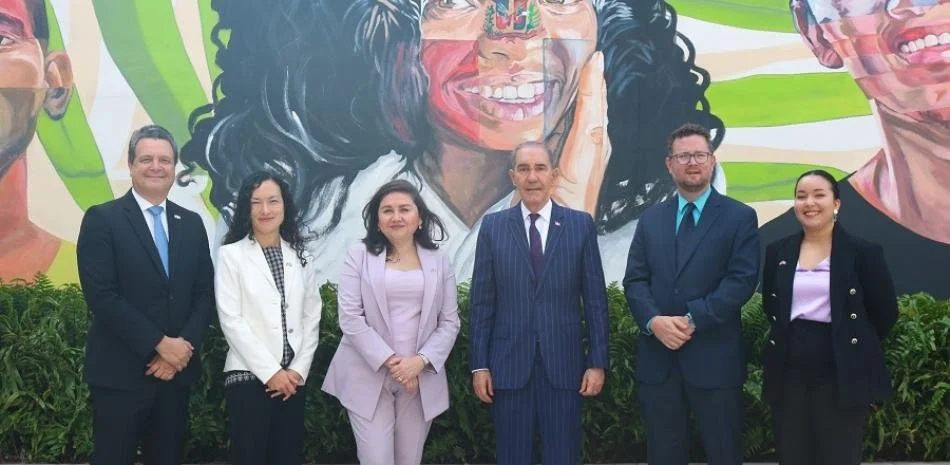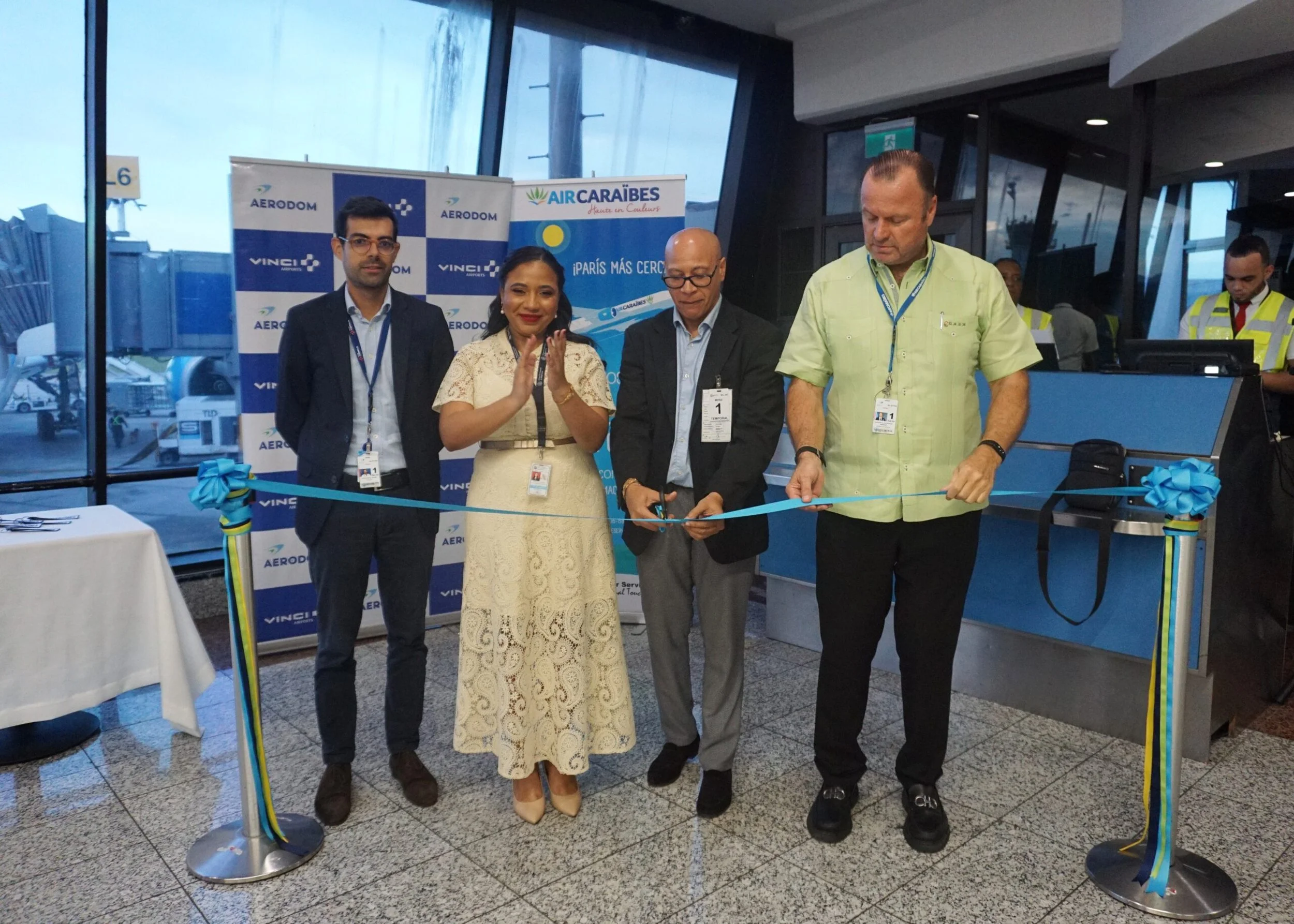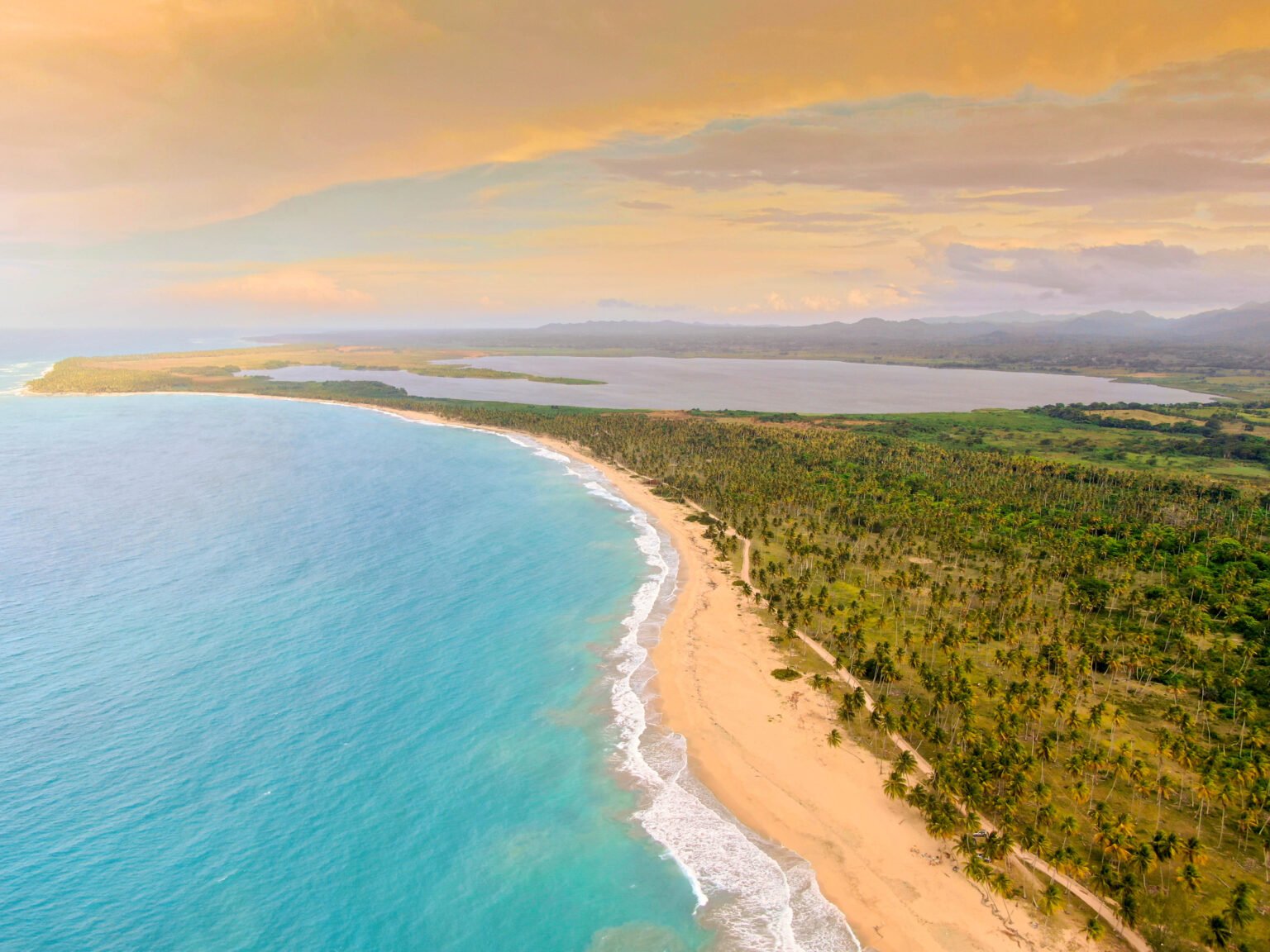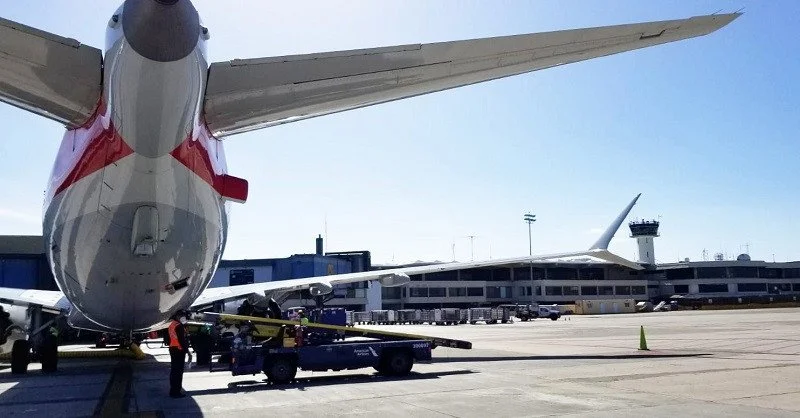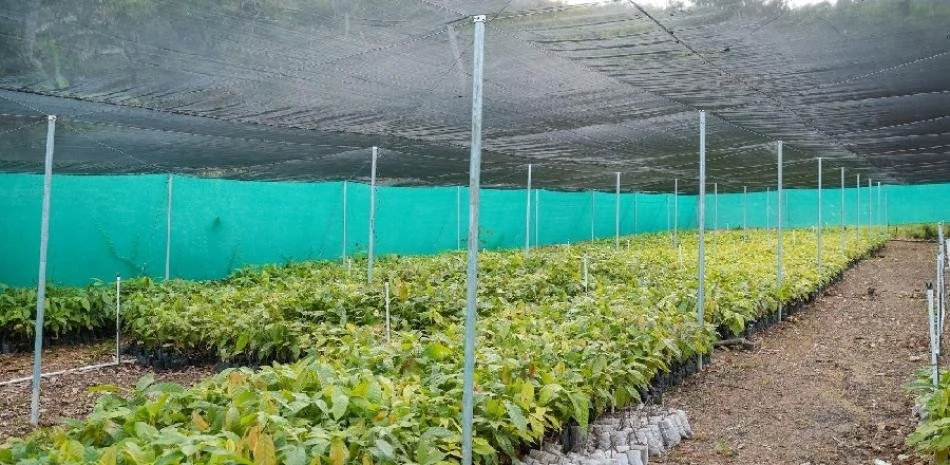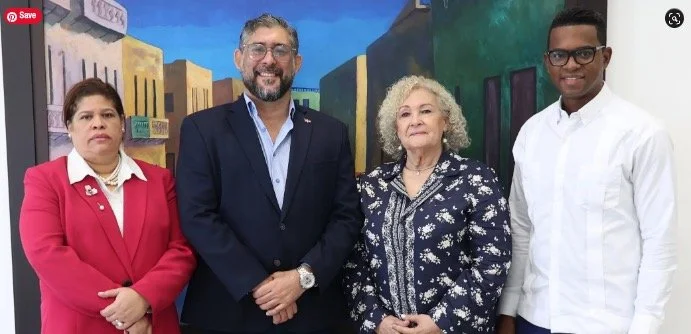SANTO DOMINGO, DR— In the last 50 years, airlines in the Dominican Republic have undergone a significant transformation in different aspects and lines, which has made the sector a reference in the country and Latin America.
From its beginnings to the present, the commercial and private aviation sector has evolved, adapting to the changing needs of society, the economy, and tourism.
Delving into the history and development of airlines in the Dominican Republic over the past decades, we highlight the most important contributions and how they have influenced connectivity and the tourism industry.
During the first stage in the 1970s-1980s and up to the 1990s, airlines in the Dominican Republic were characterized by a dizzying growth driven by the demand for air travel, mainly for tourism and commerce.
The country’s flag carrier, Aerolineas Dominicanas (ALD), played a central role in this initial phase, establishing regional and international connections to key destinations.
1990-2000 is when the national airlines achieved significant consolidation and a firmer level of competition in international markets.
The 1990s saw the opening and liberalization of the aviation market in the Dominican Republic, which resulted in the entry of new national and international airlines. This competition generated an improvement in the quality of the services offered, as well as in the diversification of routes and destinations.
It is essential to highlight that the growth and expansion of tourism in the 2000-2010 period allowed airlines to develop in parallel.
In that order, there was an increase in the number of airlines connecting the country with critical international destinations, especially in North America, Europe, Latin America, and the Caribbean.
Sustainable development and current trend
In the period from 2010 to 2023 in the sector, there has been visible and sustainable development, with an emphasis on operational efficiency.
Initiatives have been implemented to reduce the carbon footprint and improve resource management. Also, incorporating advanced technologies and digitalization has improved passenger flying experience and efficiency in operations.
The development of airlines in the Dominican Republic over the last 50 years has been marked by significant evolution. The sector’s growth does not stop with integrating new Dominican-registered commercial airlines that have emerged in recent years, making inroads into the domestic and international passenger and cargo market.
Airline bankruptcies
Several Dominican-registered passenger and cargo airlines have gone bankrupt in the last decades, leaving many with large debts and economic commitments with national and international organizations regulating commercial aviation.
Among the passenger airlines that declared bankruptcy is the only state-owned passenger transportation company, Dominicana de Aviación (CDA), whose advertising slogan was “The National Flag Airline” of the country.
CDA started operations in 1944 and stopped flying in 1997. It had a fleet of eight aircraft, including a Jumbo 747, some of which were sold, and others in good condition were dismantled for parts and turned into scrap. Some of them ended up abandoned at the Las Americas International Airport, and the final destination of others is unknown.
As a result of the bankruptcy of Dominicana de Aviación, several people who were part of its administration were brought to justice. In the meantime, people questioned where most of the assets of the state-owned company went, including airplane turbines, passenger stairs, vehicles, and other properties.
Political patronage was a determining factor in the bankruptcy and disappearance of the state airline.
Many officials, their mistresses, relatives, politicians, and their close friends frequently traveled with tickets given to them by the airline’s management. They did so to different destinations where CDA operated regular flights from Dominican airports.
Pawa Dominicana is another Dominican airline that has disappeared, whose operations were paralyzed due to the lack of payments to the Dominican State after declaring its economic insolvency. The aircraft of this company were retained by the courts and by the Dominican State and then auctioned.
Even a few years ago, other aircraft of this airline remained outdoors in the northwest area of the ramp of the Las Americas International Airport, receiving water, sun, and serenity in a complete state of abandonment.
Pawa Dominicana, which was sold commercially like CDA as a National Flag airline, operated flights to different countries from the Las Americas terminal.
Others that ceased operations
Aerovía Quisqueyana, a Dominican airline, also defunct, operated Santo Domingo-San Juan, Puerto Rico, Aruba, and Curacao routes. It became a competitor of Dominicana de Aviación, and its air operations were maintained between 1960 and 1980.
Aeromar, which began operating as a cargo airline in 1962 and later ventured into passenger transportation from 1999 to 2004, when it ceased operations due to high operational costs and a decrease in the number of seats, should also be mentioned.
In the list of passenger airlines that have disappeared from the market are Air Atlantic, Air Santo Domingo, Alas Nacionales, and Air Ámbar, which covered the route Puerto Plata, Cancun, Mexico, Dominair, which operated flights Santo Domingo-San Juan and Antigua, respectively, and Alas del Caribe.
There are also Aero Continente, a subsidiary of Peruana de Aviación; Lan Dominicana, a subsidiary of Lan Chile; Aerotur Dominicana, Tasa Airlines, and Dominicana Internacional, among other passenger airlines, as well as cargo airlines such as Taíno Airlines, Argo Air, Agro, Carga Aéreo Dominicano, Trado and Aerochago, among others that were widely known.
It is important to note that most of the airlines, both passenger and cargo, went bankrupt when the United States imposed category two in civil aviation to the country under the argument of the lack of safety of Dominican-registered airplanes.
However, in 2007, the Dominican Republic regained category one status after 14 years in which it remained in that position, which prevented Dominican-registered aircraft from flying into U.S. territory.
At the time the United States decided to prohibit the incursion of Dominican-registered airplanes into its territory due to lack of security, a considerable percentage of operations were registered precisely to U.S. territory and Puerto Rico, both in terms of passengers and cargo transportation.
GROWTH
It is worth mentioning the growth of the sector with the advance of airlines such as Air Century, Sky High, World 2 Fly, Neos, Red Air, and the most recent Arajet, which have been well accepted by the population, endorsed by their efficiency and punctuality in the departure and arrival of their flights. In addition, they operate with modern aircraft fleets to the requirements of the sector’s international regulatory agencies.
These airlines have operated routes to Havana, Cuba; Oranjestad, Aruba; Willemstad, Curacao; Philipsburg, Saint Marteen; Cartagena, Colombia; San Juan, Puerto Rico; Maracaibo, Venezuela; Valencia, Spain; Montego Bay, Jamaica; and New York, United States.


